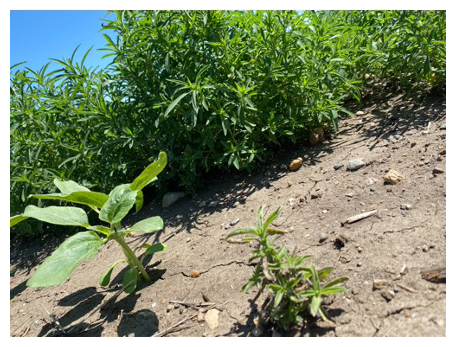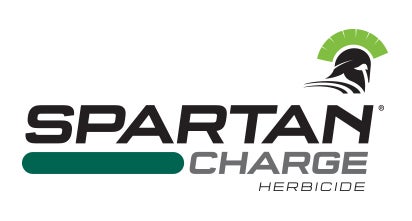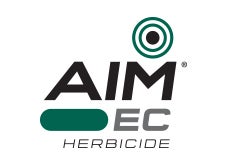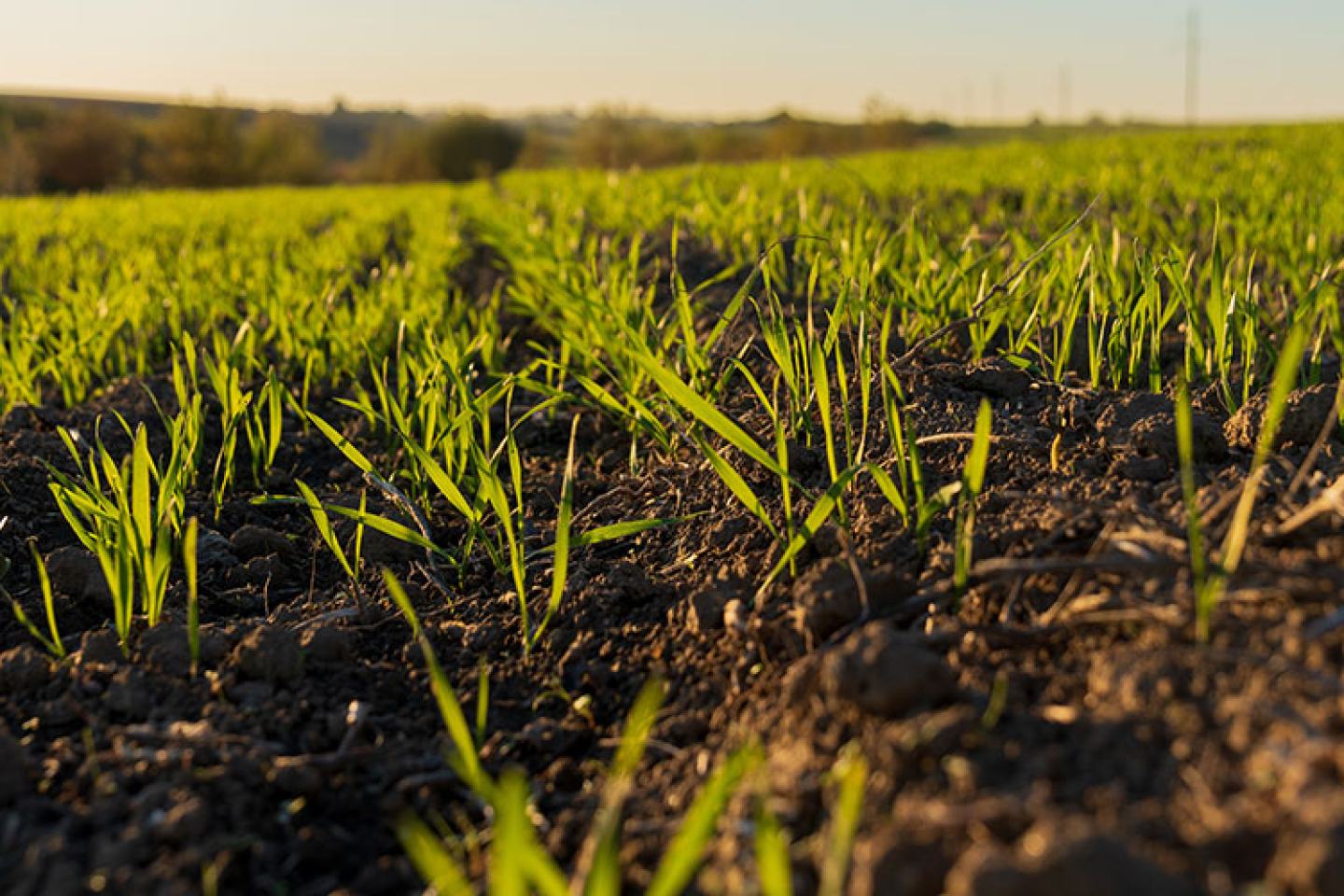Kochia in the Northern Plains

In December of 2022, North Dakota State University weed science experts found some kochia populations with resistance to foliar applications of carfentrazone and saflufenacil in western North Dakota. It is an important distinction that this PPO resistance has only been confirmed with postemergent PPO chemistries. That is why North Dakota State is evaluating this same population of kochia to determine if it is also resistant to preemergent PPO herbicides.
Growers in 2023 will need to be mindful of best use practices for controlling kochia with not only the PPO chemistries but also other tank-mix partners to prevent a kochia resistance problem from growing. Growers should focus their efforts to reduce kochia emergence by employing aggressive use of soil residual products as the number and effectiveness of post chemistries is now more limited.
Control of Foliar PPO-Resistant Kochia Recommendations in Sunflowers, Field Peas and Chickpeas in No-till Cropping Systems
According to the Weed Science Society of America, the first step to managing resistant weed populations is using multiple herbicide modes of action with overlapping weed spectrums in rotation, sequences or mixtures. To help control the toughest weeds like kochia, it’s recommended to use different modes of action and active ingredients. To help ensure you have the best plan for managing resistant weeds, please use our good-better-best recommendations for your crop and soil characteristics with labelled tank-mix partners of Gramoxone®, Liberty® and/or metribuzin herbicides.
|
Good |
Spartan® Charge herbicide 3.75 – 8.0 fl. oz./A (depending on soil characterizations and crop) + 1.0 fl. oz./A Aim® EC herbicide +MSO + AMS + labelled tank-mix partners of either Gramoxone, Liberty and/or metribuzin herbicides. |
|
Better |
Authority® Supreme herbicide 4.3 – 10 fl. oz./A + 1.0 fl. oz./A Aim EC herbicide +MSO + AMS + labelled tank-mix partners of either Gramoxone, Liberty and/or metribuzin herbicides. |
|
Best |
3.5 – 4.0 oz./A Anthem® Flex herbicide applied in the fall after soil temps are below 55 F but not frozen. Addition of labelled burndown material recommended. Follow with a spring application of Spartan Charge herbicide + MSO + AMS at the labelled rates for your crop and soil characteristics with labelled tank-mix partners of Gramoxone, Liberty and/or metribuzin herbicides. |
Best Use Practices of Residual Preemergent PPO Herbicides

- Start clean to stay clean with tillage and chemical burndown. Emerged weeds will not be controlled with sulfentrazone.
- Apply with burndown or after to clean field.
- Use full rates for your soil type.
- Rainfall or light incorporation needed for control of new emerging weeds.
- Addition of second mode of action.
- Minimum 10 GPA of water final spray solution.
In all situations, use the strongest and best fit product for the situation.
Best Use Practices for Aim EC Herbicide and Other Foliar PPO Chemistries
- Minimum 10 GPA water.
- Flat fan nozzles (coverage is key).
- Full use rates of 1.0 fl. oz./A Aim EC herbicide.
- MSO and AMS added to tank mix.
- Treat kochia < 2 inches.
- Do not rely on only PPO MOA alone for control.
FOR MORE INFORMATION
Please visit the kochia crop challenges page to learn more about kochia control solutions from FMC.
Important Notice:
A minimum of at least two effective MOAs is recommended for effective burndown control of kochia.
Gramoxone is a Restricted Use Pesticide. Always read and follow all label directions, precautions and restrictions for use. Some products may not be registered for sale or use in all states. FMC, the FMC logo, Aim, Anthem, Authority and Spartan are trademarks of FMC Corporation or an affiliate. Gramoxone is a trademark of a Syngenta Group Company. Liberty is a trademark of BASF. ©2023 FMC Corporation. All rights reserved. 06/23 (007_2023)




